Winter Gem Boxwood Tree
- June 9, 2023
- 0 comment
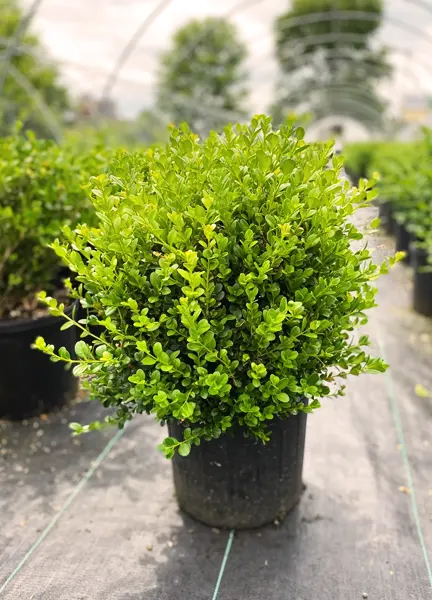
Common Name and Botanical Name
Meet the Winter Gem Boxwood, a beloved classic in the world of landscaping. Scientifically, this plant is known as Buxus microphylla ‘Winter Gem.’
Interesting Facts

One of the most compelling aspects of the Winter Gem Boxwood lies in its resilient demeanor and vibrant personality. This shrub has the remarkable ability to maintain a lustrous green hue throughout winter’s chill, distinguishing it from many other boxwood varieties that may surrender their color, bronze when subjected to colder temperatures. This tenacious capacity for winter color retention is, in fact, the origin of its name ‘Winter Gem.’ It’s as if this plant holds onto a piece of summer, providing a splash of green when most other plants have dulled or lost their foliage, making it a true gem in the winter landscape. An amusing tidbit to note is that while this boxwood variant might be a star in the world of horticulture for its winter color, its wood has also historically found favor in the creation of fine, detailed carvings, owing to its hardness and fine grain. Indeed, the Winter Gem Boxwood is a fascinating blend of aesthetic charm and utilitarian value.
Family and Plant Type
Belonging to the Buxaceae family, the Winter Gem Boxwood is a compact, broadleaf evergreen shrub that brings year-round interest to the garden.
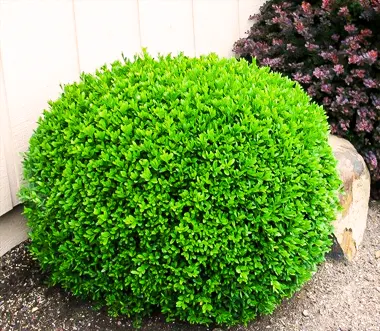
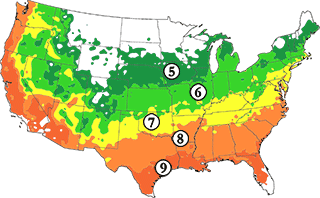
Hardiness Zones
The Winter Gem Boxwood is hardy and performs well in USDA plant hardiness zones 5 through 9.
Mature Size and Growth Rate
The Winter Gem Boxwood, renowned for its compact stature, is an emblem of grace and symmetry in the world of landscaping. Upon reaching maturity, this striking shrub typically measures between 2 to 4 feet in both height and spread, embodying a perfect balance that lends itself beautifully to applications such as hedges, borders, and even intricate topiaries. The growth rate of this boxwood variety complements its overall form, as it progresses at a moderate pace, gradually adding about 12 inches to its stature annually. This steady, reliable growth ensures that the Winter Gem Boxwood gracefully attains its mature size, ensuring it remains a key highlight in the garden throughout its development.

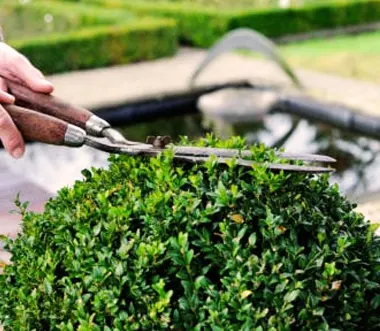
Care
Care for the Winter Gem Boxwood involves regular watering, especially during dry spells, and annual pruning to maintain its shape. It also benefits from a layer of mulch to protect its shallow roots.
Pruning and Propagating
Winter Gem Boxwood benefits from annual pruning in early spring before the new growth starts. This helps maintain its shape and promotes dense growth. Propagation is typically achieved by taking stem cuttings in late summer.
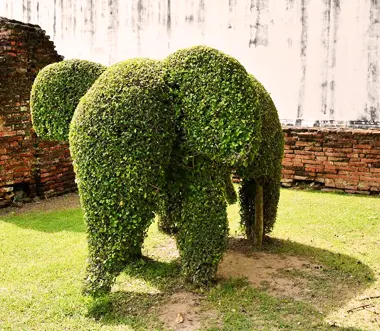
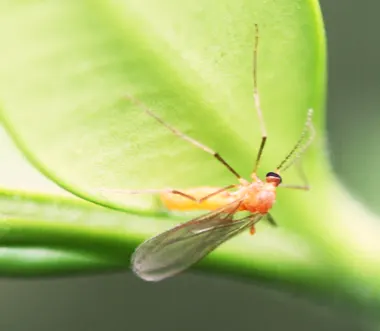
Common Pests & Diseases
Winter Gem Boxwoods can be susceptible to boxwood blight, a serious fungal disease, and pests such as boxwood leafminer, mites, and psyllids.
Soil and Sun Preference
Winter Gem Boxwood thrives in well-drained soil and can adapt to a wide range of soil types. It prefers full sun to partial shade, with some shelter from harsh winter winds to preserve its vibrant winter color.
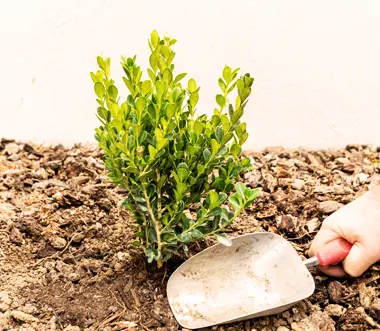
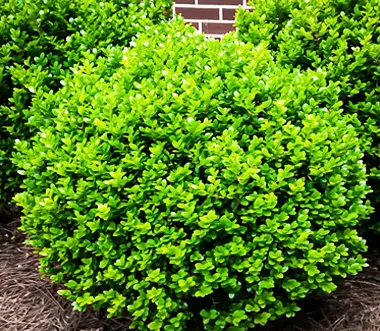
Attributes
Noted for its rounded, dense form and small, glossy, dark-green leaves, the Winter Gem Boxwood is a reliable choice for creating structure and year-round greenery in the garden.
Characteristics and Invasive Nature
The Winter Gem Boxwood is non-invasive. One of its most admired traits is its resilience. It can withstand heavy pruning and shaping, which has made it a favorite for formal garden styles.

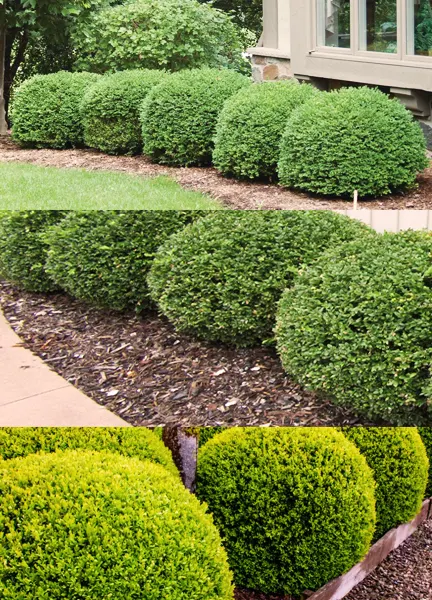
Varieties
While the Winter Gem is an exceptional variety of boxwood, it’s worth noting that it shares its botanical family with several other popular variants, each boasting unique traits and aesthetic qualities. The ‘Green Velvet’ is one such variety, admired for its lush, velvety texture and rich, emerald hue. The ‘Green Mountain,’ another favorite, is distinguished by its upright, conical form, serving as a fantastic focal point in structured gardens. Meanwhile, the ‘Wintergreen’ is known for its resilience in freezing climates and its dark, glossy leaves that maintain their color throughout the year. Each of these varieties, while sharing the core attributes of hardiness and compact growth typical of boxwoods, brings with its individual characteristics and care requirements. The diversity in the boxwood family offers gardeners the exciting opportunity to choose the variety that best suits their aesthetic vision and environmental conditions.
Wildlife Value
Although not the first choice for wildlife, boxwoods can provide shelter for birds, and the flowers can offer some nectar for bees and other pollinators.


Benefits and Disadvantage
The main benefit of the Winter Gem Boxwood is its versatility and year-round interest. It serves as a fantastic low hedge, border, or focal point. However, like other boxwoods, it may suffer from boxwood blight, a fungal disease, if conditions are too damp or overcrowded.
Fun Facts
Did you know the wood of the boxwood is very hard and fine-grained? Historically, it’s been used for fine carving and to make tools and instruments!
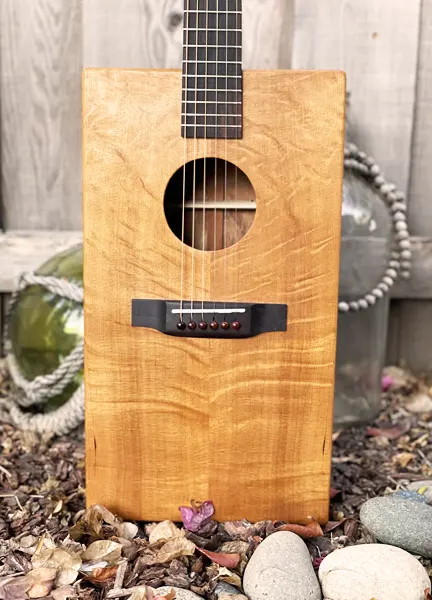
Frequently Asked Question
Q1: How often should I water my Winter Gem Boxwood?
A: During the first growing season, ensure regular watering for your Winter Gem Boxwood – about once a week or more during periods of extreme heat. After the first year, watering can be reduced to every 2-3 weeks, depending on rainfall and climate conditions.
Q2: When is the best time to prune my Winter Gem Boxwood?
A: Pruning should be done in early spring, before the onset of new growth. This helps maintain its shape and promotes dense growth.
Q3: What kind of soil is best for the Winter Gem Boxwood?
A: This boxwood variety thrives in well-drained soil and can adapt to a range of soil types, though it prefers slightly acidic to neutral pH levels.
Q4: Is the Winter Gem Boxwood deer-resistant?
A: Yes, Winter Gem Boxwood is generally considered deer-resistant, but this can vary depending on the availability of other food sources.
Q5: How can I propagate the Winter Gem Boxwood?
A: Propagation is typically achieved by taking stem cuttings in late summer.
Q6: How quickly does the Winter Gem Boxwood grow?
A: This boxwood variety grows at a moderate pace, adding about 12 inches each year until it reaches its mature size.
Q7: Can the Winter Gem Boxwood tolerate full sun?
A: Yes, the Winter Gem Boxwood can thrive in full sun to partial shade, though it prefers some shelter from the harsh afternoon sun and winter winds to prevent leaf scorch.



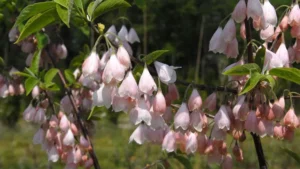
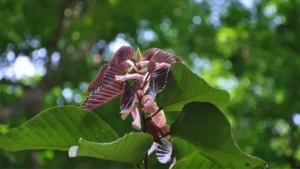
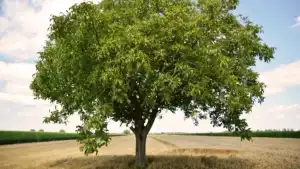
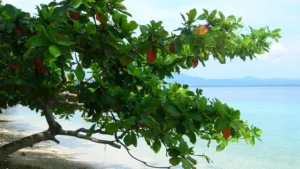
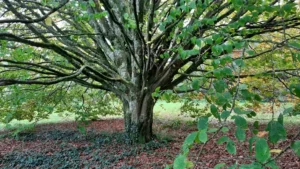

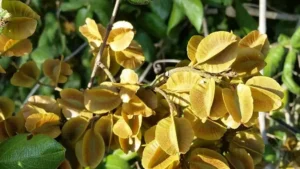
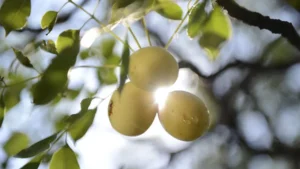
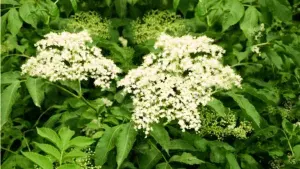
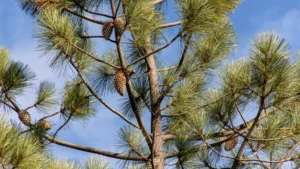

Leave your comment